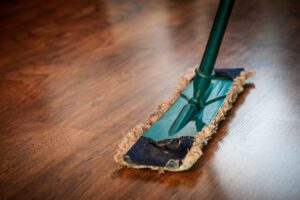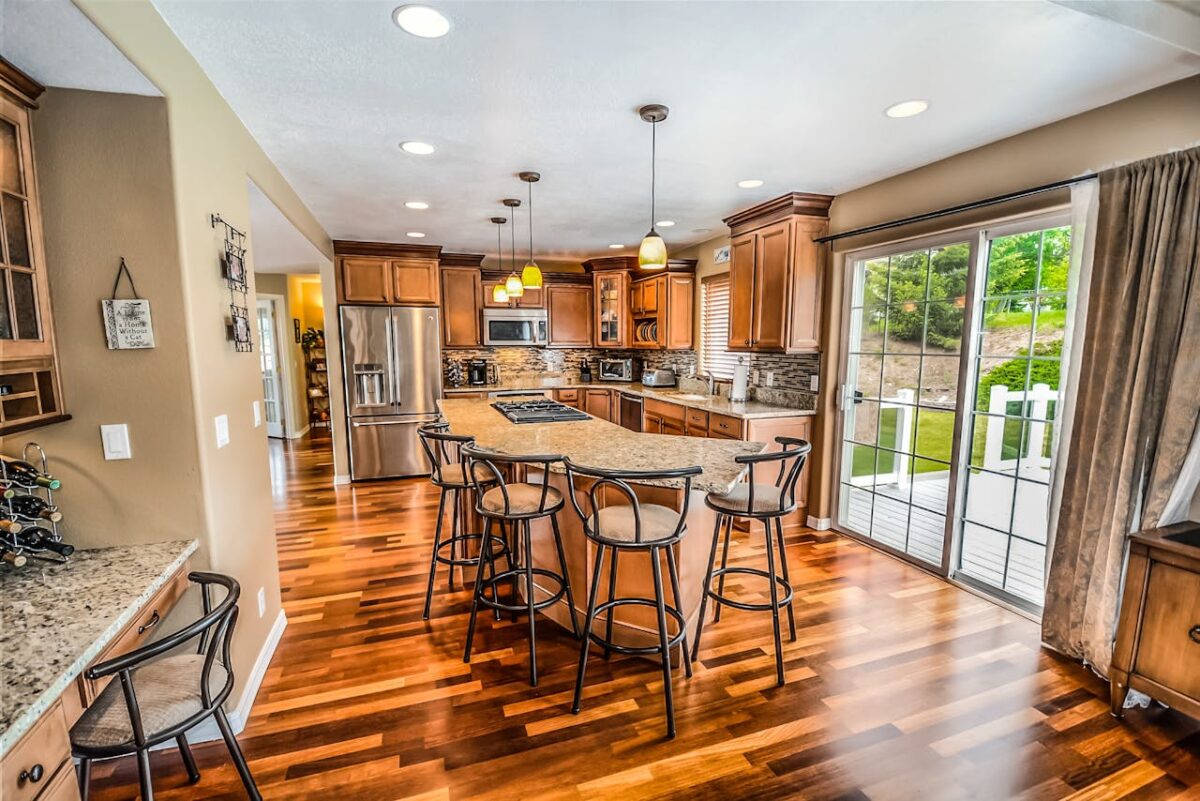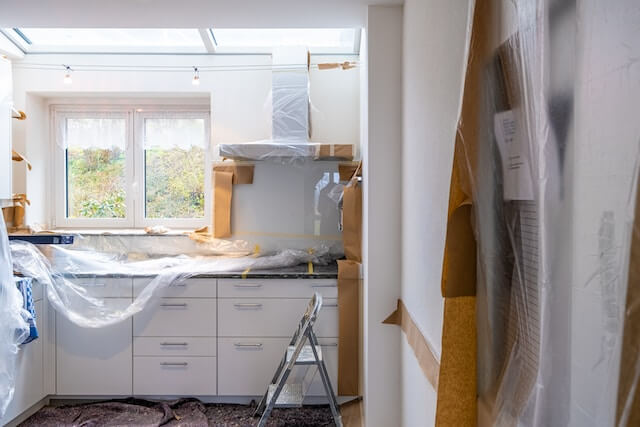
Choosing the right flooring for your lifestyle is one of the most important design and functional decisions you’ll make when it comes to maintaining your property. Floors are more than just a surface to walk on—they shape the comfort, style, and durability of your living spaces. The perfect flooring should reflect your personality, complement your daily habits, and hold up under your lifestyle’s demands. Whether you live in a bustling family home or a quiet apartment, the right choice can transform how you experience your space.
Choosing the Right Flooring for Your Lifestyle: Understanding Your Lifestyle Needs
Before diving into materials and colors, it’s important to understand your lifestyle. Do you have children or pets? Are you someone who loves entertaining guests? Do you spend a lot of time cooking, or are you more about low-maintenance living? Each of these factors influences which flooring will serve you best. Families with kids and pets, for instance, need durable, scratch-resistant surfaces, while those living alone might prioritize aesthetics and comfort.
Durability and Daily Traffic
The amount of foot traffic in your home should heavily influence your flooring choice. High-traffic areas like entryways, hallways, and kitchens require flooring that resists wear and tear. Hardwoods, luxury vinyl planks, and tile are popular options that hold up over time. In contrast, bedrooms and low-traffic living areas may benefit from softer, warmer surfaces like carpet or cork. Think about how you use each space before making a decision.
When Flooring Meets Life Transitions
Sometimes, flooring choices tie into larger life changes—like a remodel, downsizing, or even an international move. If you’re planning to move abroad, your flooring decisions may be connected with how you handle your belongings during relocation. When budgeting for an international move, it’s smart to think about ways to avoid damage to your materials when relocating solid wood furniture, which can be sensitive to shifts in humidity and handling. Proper packing, storage, and coordination can prevent costly damage and ensure your items arrive safely, just as you’d expect your flooring to withstand the stresses of everyday life.
Maintenance and Cleaning Habits
Some flooring types require regular upkeep, while others are designed to be nearly effortless, so it’s important to pick the floor that fits your lifestyle. Hardwood floors need periodic refinishing to maintain their shine, while laminate and vinyl are easier to clean and maintain. Tile floors resist moisture and stains but may require grout cleaning. If you prefer a quick sweep and mop routine, low-maintenance options like luxury vinyl or sealed concrete could fit your lifestyle perfectly.

Comfort and Feel Underfoot
The way a floor feels beneath your feet plays a major role in your daily comfort. If you spend long hours standing in the kitchen, a softer surface such as cork or linoleum can ease strain on your joints. For bedrooms, many people choose carpet for its cozy, warm feel. On the other hand, if you enjoy the cool, sleek look of tile or stone, area rugs can help balance comfort and style without compromising the overall aesthetic.
Balancing Style and Functionality
A great floor should complement your home’s décor while supporting your practical needs. Hardwood remains timeless and versatile, pairing well with nearly any interior style. Laminate and vinyl have evolved to mimic wood and stone at a fraction of the cost, offering both beauty and function. For modern spaces, polished concrete or large-format tiles can create a sleek, contemporary look. The key is finding a balance between what looks beautiful and what will last in your specific environment.
Moisture Resistance and Climate Considerations
The climate where you live can also affect your flooring choice. In humid or coastal regions, moisture-resistant flooring is essential to prevent warping or mold. Vinyl, tile, and certain engineered woods perform better in these conditions. Additionally, places like bathrooms and basements require materials that handle moisture gracefully, while living areas can enjoy more flexible options. For homes in cooler regions, radiant heating beneath tile or engineered wood adds both comfort and energy efficiency.
Eco-Friendly Flooring Choices
Sustainability is an increasingly important factor for homeowners. Bamboo and cork are excellent, eco-friendly choices because they come from renewable resources. Reclaimed wood flooring gives new life to old materials, adding character and reducing waste. Many brands now offer low-VOC options, meaning fewer harmful chemicals are released into your home’s air. Choosing environmentally conscious flooring helps protect your family’s health and makes your home more sustainable.
Budgeting for Your Flooring Project
Budget is a practical consideration that can’t be overlooked. The cost of flooring varies widely depending on the material, installation complexity, and room size. However, a higher upfront cost can sometimes lead to better long-term value. Hardwood, for example, may be expensive initially but can last for decades with proper care. Laminate and vinyl are cost-effective alternatives that offer style without sacrificing durability. Always factor in not just the price of materials, but also installation, underlayment, and any necessary subfloor repairs.

Pet-Friendly Flooring Options
If you share your home with furry friends, flooring durability becomes even more important. Pets can cause scratches, stains, and odors if the wrong surface is chosen. Luxury vinyl plank flooring is a popular pet-friendly option because it resists moisture and scratches while offering a natural wood appearance. Tile is another excellent choice—it’s easy to clean and nearly indestructible. Avoid softwoods and plush carpets if your pets are prone to accidents or shedding.
Allergy and Health Considerations
Your flooring can impact indoor air quality and overall health. Carpets can trap allergens like dust, pet dander, and pollen, which may not suit those with allergies or respiratory issues. Hard surfaces such as tile, hardwood, and vinyl make cleaning easier and reduce allergen buildup. If you prefer the softness of carpet, look for hypoallergenic or low-VOC materials designed to minimize airborne particles and chemical emissions.
The Importance of Professional Installation
Even the best flooring material can fail without proper installation. A skilled professional in home improvement projects ensures your floor is level, securely fitted, and installed according to manufacturer guidelines. Improper installation can lead to squeaks, warping, or gaps that shorten your floor’s lifespan. While DIY may save money upfront, hiring a professional can protect your investment and guarantee a more polished finish.
Adapting Flooring Choices to Room Function
Not every room requires the same type of flooring. Kitchens and bathrooms need materials that handle moisture and spills, while living rooms and bedrooms benefit from warmth and comfort. Entryways should feature flooring that resists dirt and scratches, like tile or engineered wood. Mixing and matching flooring types across rooms can create visual contrast while ensuring functionality in each space.
Long-Term Value and Resale Considerations
If you plan to sell your home in the future, your flooring choice can affect resale value. Hardwood flooring remains one of the most desirable options for buyers, often increasing a home’s appeal and value. Neutral tones and classic finishes tend to attract the broadest audience. However, if resale isn’t your immediate concern, focus on personal comfort and lifestyle fit—after all, you’ll be the one enjoying the space daily.
Testing Before You Commit
Before making a final decision, always test samples in your home’s natural lighting. What looks perfect in a showroom may appear entirely different in your living space. Observe how the material feels, reflects light, and complements your furniture and wall colors. Taking this extra step helps ensure you’ll love your flooring choice for years to come.
Creating a Foundation
Selecting the right flooring for your lifestyle goes beyond aesthetics—it’s about creating a foundation that supports how you live every day. Whether your priorities are durability, comfort, style, or sustainability, there’s a perfect flooring solution for you. Understanding your needs, setting a realistic budget, and investing in proper installation will ensure your new floors enhance both the beauty and functionality of your home. The right flooring doesn’t just transform your space; it transforms how you experience it.
Meta Description: Discover how to choose the best flooring for your lifestyle with tips on comfort, durability, and design to match your home’s daily needs.















